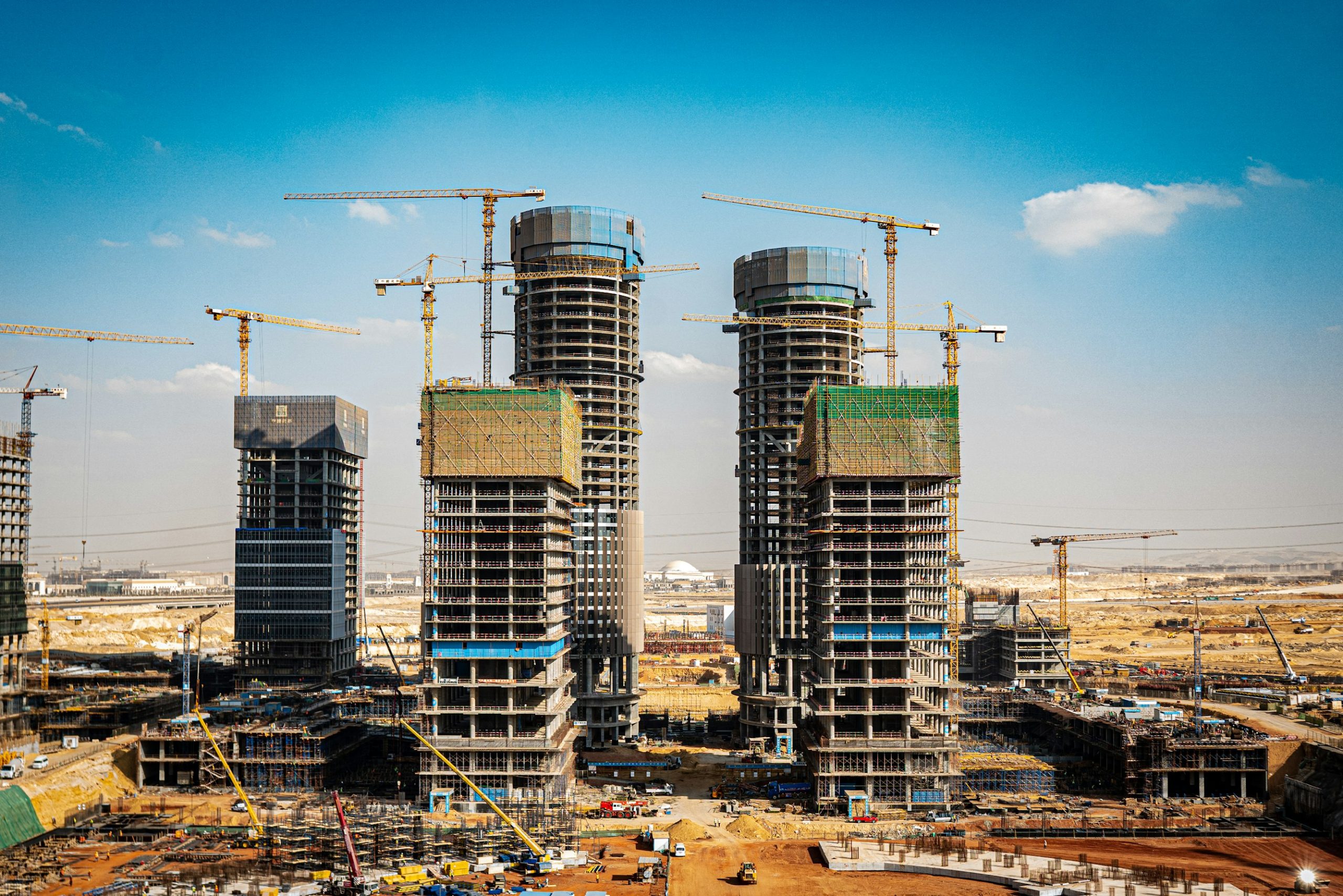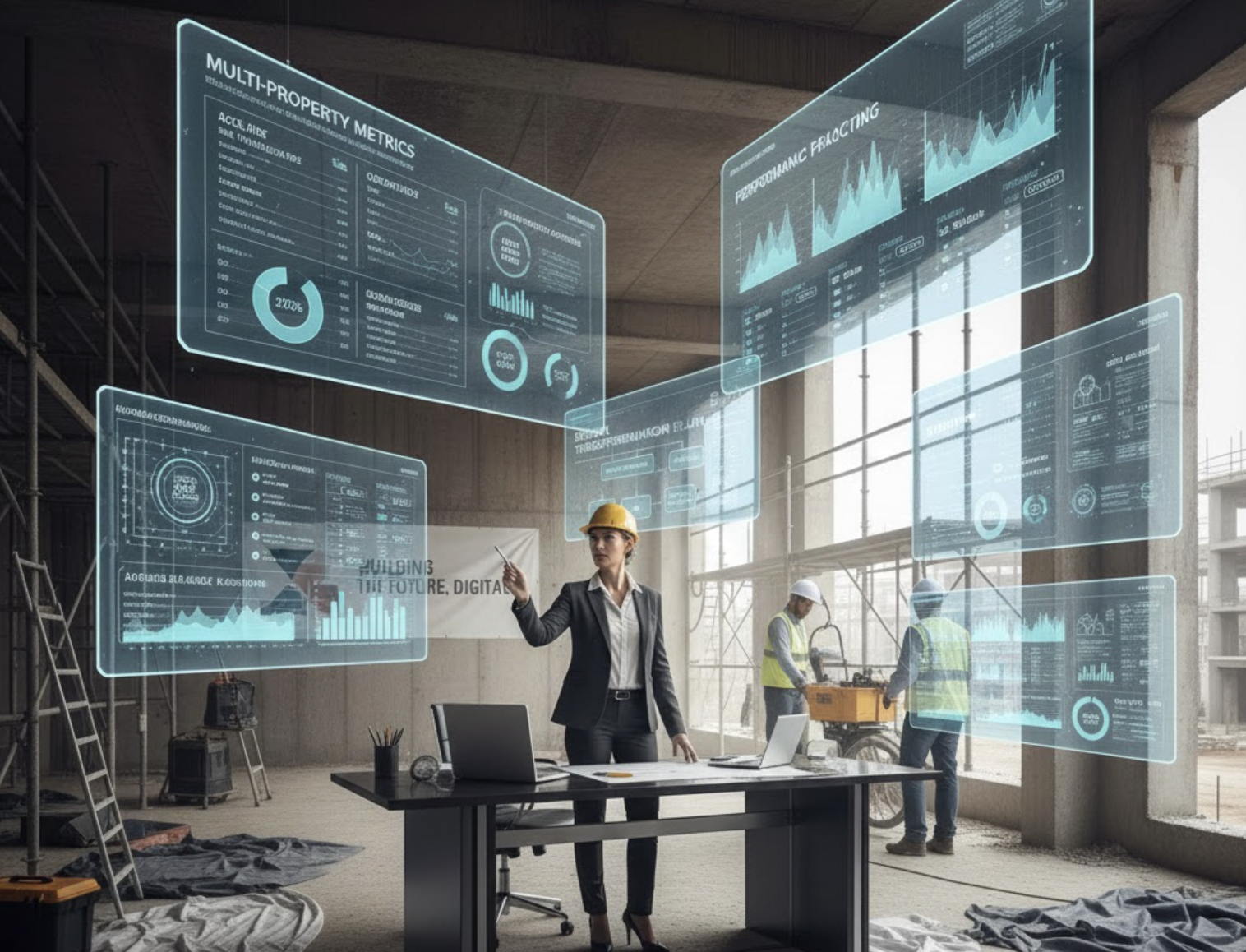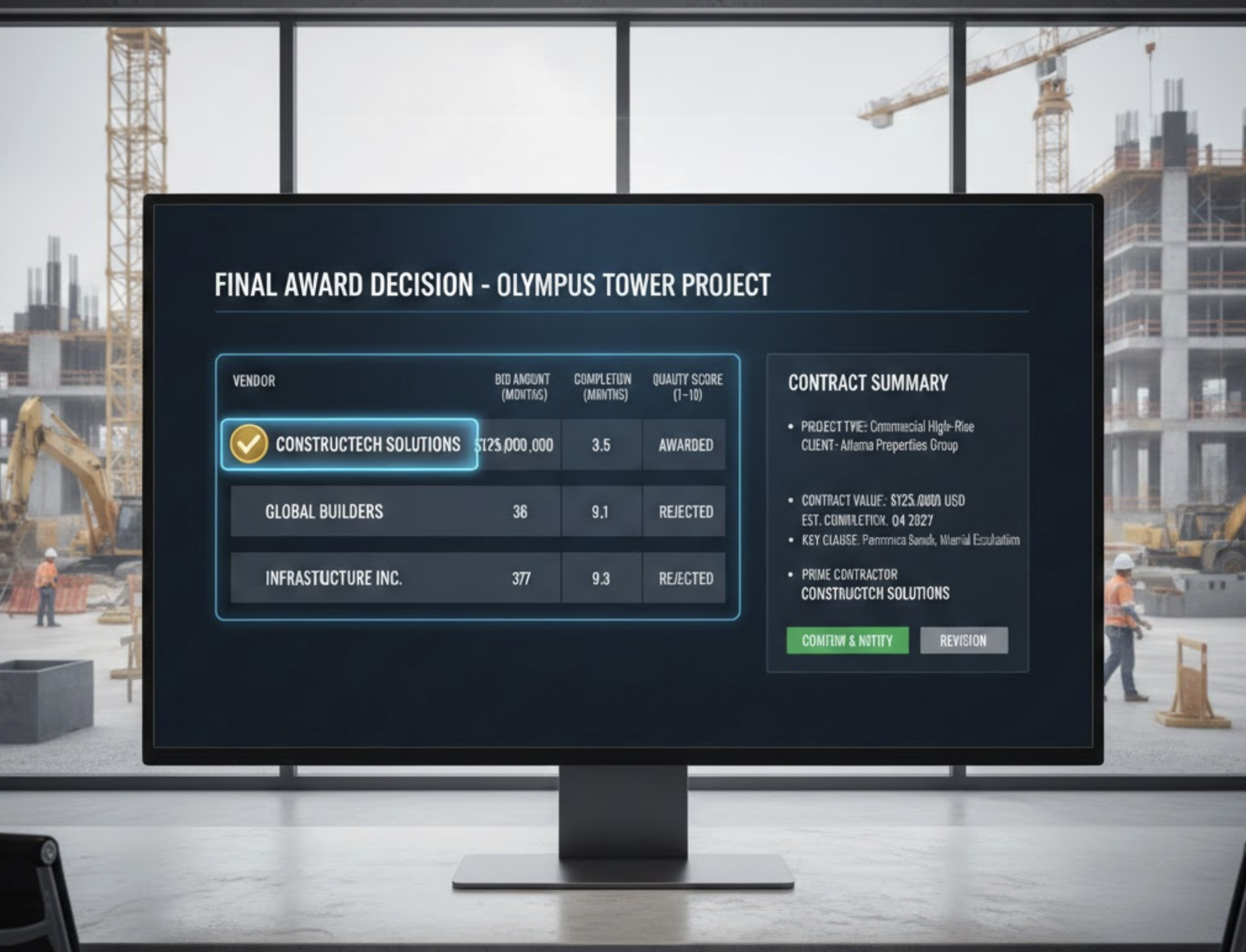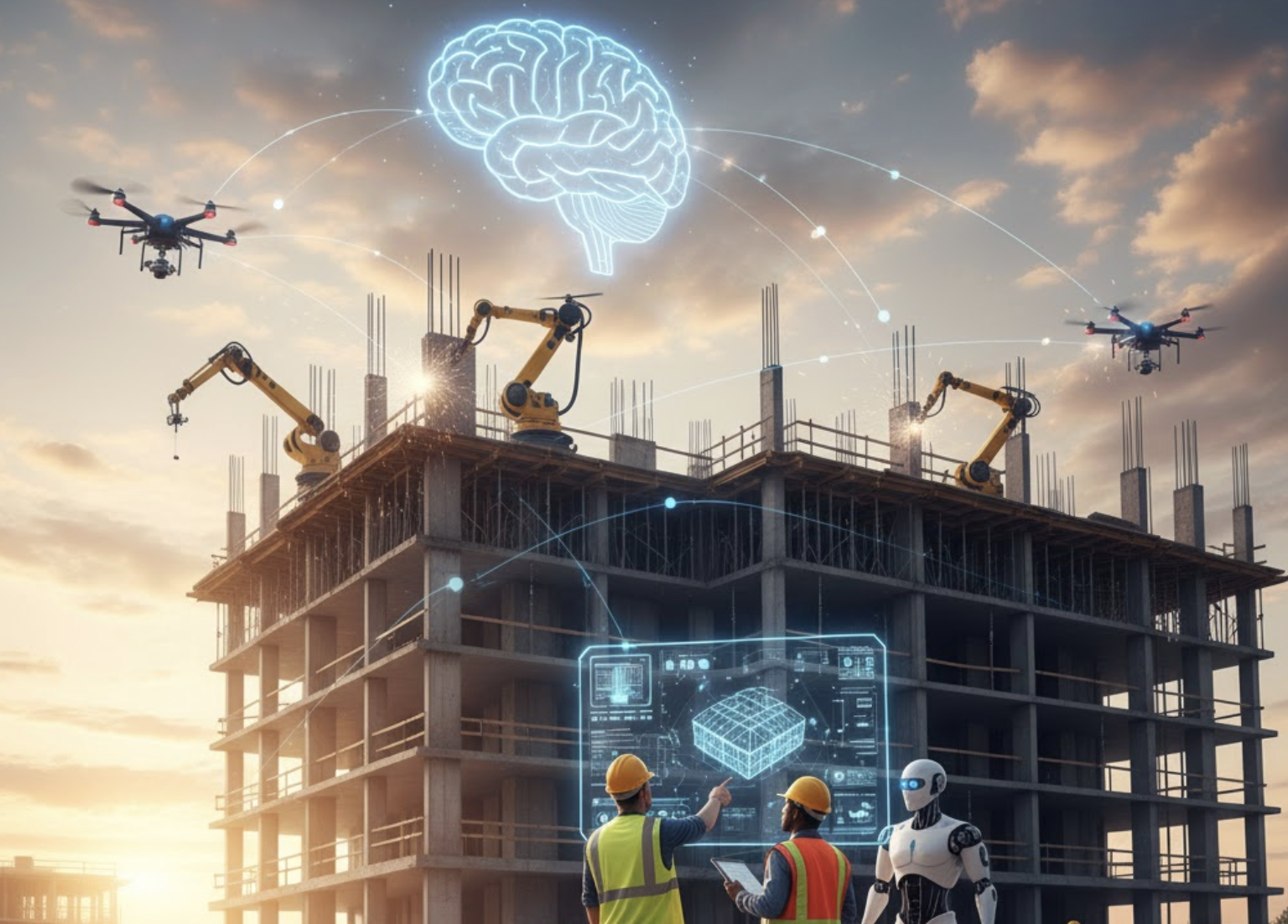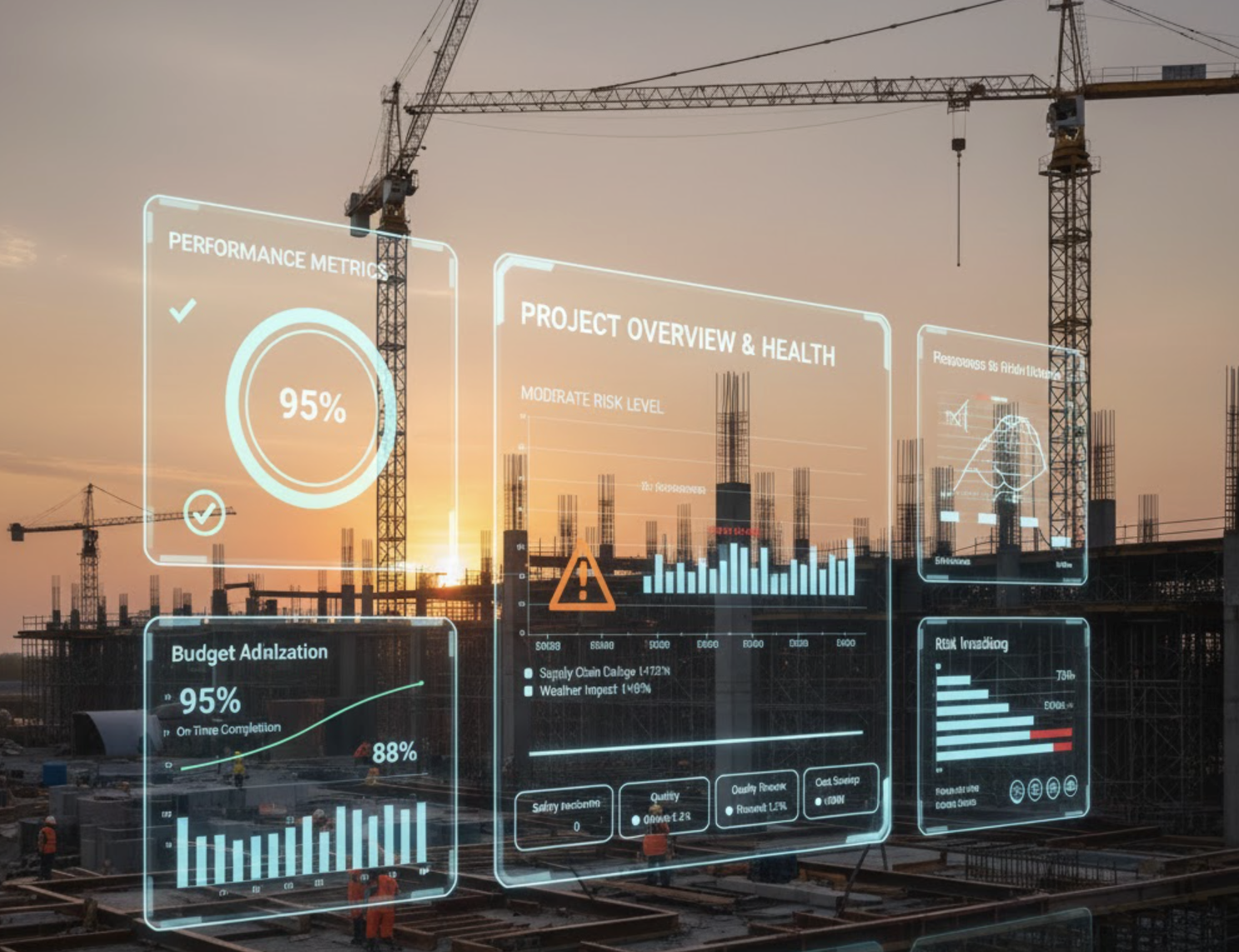Why Middle East Projects Need Multilingual Jobsite Tools
The Middle East construction industry is rapidly evolving, characterized by a diverse workforce and client base. With multiple languages like Arabic and English prevalent throughout the region, the importance of employing multilingual jobsite tools has become increasingly essential. These tools facilitate effective communication, enhance project management, and ensure regulatory compliance across various stakeholders, thereby empowering projects to achieve their full potential.
Diverse Workforce and Client Base
In the Middle East, successful construction projects often hinge on effective communication among a culturally diverse group of workers and clients. Multilingual jobsite tools are crucial to ensuring that all team members have access to necessary project information in their native languages. Not only does this enhance overall project efficiency, but it also increases stakeholder satisfaction, which is particularly important in an industry where collaboration is key. With effective language support, teams can better navigate the complexities of construction environments, ultimately resulting in smoother operations.
Enhanced Collaboration and Communication
The adoption of digital tools, including Building Information Modeling (BIM) and other advanced technologies, has substantially transformed the Middle East construction sector. However, despite these advancements, language barriers can still undermine their effectiveness. By incorporating multilingual support within these tools, collaboration becomes more fluid, allowing team members and stakeholders to engage more effectively. This is especially important as the region witnesses significant digital transformation aimed at addressing pressing infrastructure development and labor shortages.
Regulatory and Government Mandates
In alignment with governmental initiatives promoting digital transformation in construction, the implementation of multilingual jobsite tools is essential for adhering to regulatory mandates. Such adherence ensures that all project data and communications remain accessible to every stakeholder, regardless of their language proficiency. Meeting regulatory standards is crucial not only for compliance but also for the successful execution of projects. Therefore, it is imperative to select construction management platforms that prioritize multilingual capabilities while keeping businesses compliant and enhancing accessibility.
Benefits of Multilingual Jobsite Tools
Improved Project Management
Tools like HoloBuilder, which integrate seamlessly with Autodesk BIM 360, provide valuable real-time project tracking and management. With these tools incorporating multilingual features, all team members benefit from the ability to monitor progress and identify issues, regardless of their language. Enhanced project management fosters a unified understanding among team members, culminating in clearer communication and more efficient workflow.
Enhanced Safety and Efficiency
Technological innovations such as drones and site monitoring tools thrive with multilingual support. Clear communication of safety protocols, progress updates, and essential jobsite information is paramount for reducing errors and promoting safety. Multilingual tools help eliminate confusion, ensuring that every site personnel clearly understand their responsibilities in maintaining a safe and efficient working environment.
Better Customer and Stakeholder Satisfaction
The quality of multilingual support extends beyond the jobsite to improve overall customer service. By utilizing AI-powered multilingual customer support tools, construction firms are better equipped to address client queries and concerns effectively. This is particularly critical in a region where global investors play a significant role. Efficient communication ensures that expectations are met, fostering trust and ultimately enhancing stakeholder satisfaction throughout the project lifecycle.
Use Cases and Best Practices
Bridging the Technical Divide
Digital platforms that offer multilingual and interactive features are instrumental in bridging communication divides between technical and non-technical stakeholders. For instance, at Lifesize Plans Dubai, innovative technologies like 1:1 scale projections and VR/AR facilitate project visualization, assuring alignment among both technical experts and non-technical stakeholders. By engaging users with immersive experiences, the project becomes more accessible, enriching communication and enhancing overall participation.
Training and Integration
The effectiveness of multilingual jobsite tools largely depends on seamless integration and proper training. Industry experts emphasize that while technology has drastically improved communication in architecture and construction, its success hinges upon how well these tools are incorporated into everyday workflows. Providing comprehensive training for the workforce ensures that teams can leverage these multilingual tools, ultimately maximizing their contributions to project success.
How Zepth Can Help
- Multilingual Support: Zepth’s jobsite tools can seamlessly integrate multilingual features, guaranteeing that stakeholders have access to project information in their respective languages. This enhancement optimizes collaboration, promotes safety, and boosts project efficiency.
- Digital Transformation: As a leader in construction industry digital transformation, Zepth provides tools that meet both government mandates and industry best practices. This commitment includes integration with BIM and other digital tools to ensure seamless transparency and integration.
- Training and Integration: Zepth offers assistance in training and integrating multilingual tools to ensure that the workforce is well-equipped to utilize these technologies effectively. Comprehensive training maximizes the benefits of these tools while enhancing project outcomes.
By taking advantage of Zepth’s multilingual jobsite tools, construction projects in the Middle East can markedly enhance their operational efficiency, improve safety, and elevate stakeholder satisfaction. This alignment with the region’s ongoing digital transformation and regulatory needs paves the way for successful project delivery in a diverse and dynamic industry.
